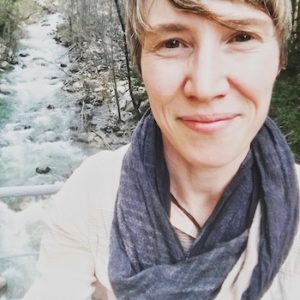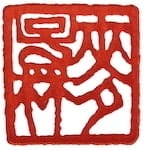We tend to think of movement in mechanical terms. How this muscle contracts, how blood perfuses a certain kind of tissue or how tendons and bones allow for particular kinds of movement.
But beyond this we we can see that movement is a kind of vocabulary of the body. It has nuance or not. It has a range of expression or not. And just like micro-nutrients are vital to our metabolism, so to micro movements are vital to our physical wellbeing and nervous system.
Today’s conversation is not about taichi or qi gong, but about another kind of “kung fu” another kind of attentive focus on movement and movement practices that can help us to heal ourselves and our patients.
Listen in to this conversation on how a modern perspective on movement goes hand in glove with our traditional medicine.
In This Conversation We Discuss:
- Nutritious Movement
- How Renee evaluates patients
- Movement tips
- The brain and movement
- Orthotics
- Gua Sha on the feet and calves
Learning and practicing whole body alignment means living whole body alignment. Movement matters in everything we do and alignment is intricately layered in all of your patient’s health histories. Your clinical observation skills will improve when you make curiosity, about your movement tendencies (or lack thereof), a habit.

Renee Klorman, L.Ac
Links and Resources
Join the discussion!
Leave a comment on Qiological’s Facebook page.
